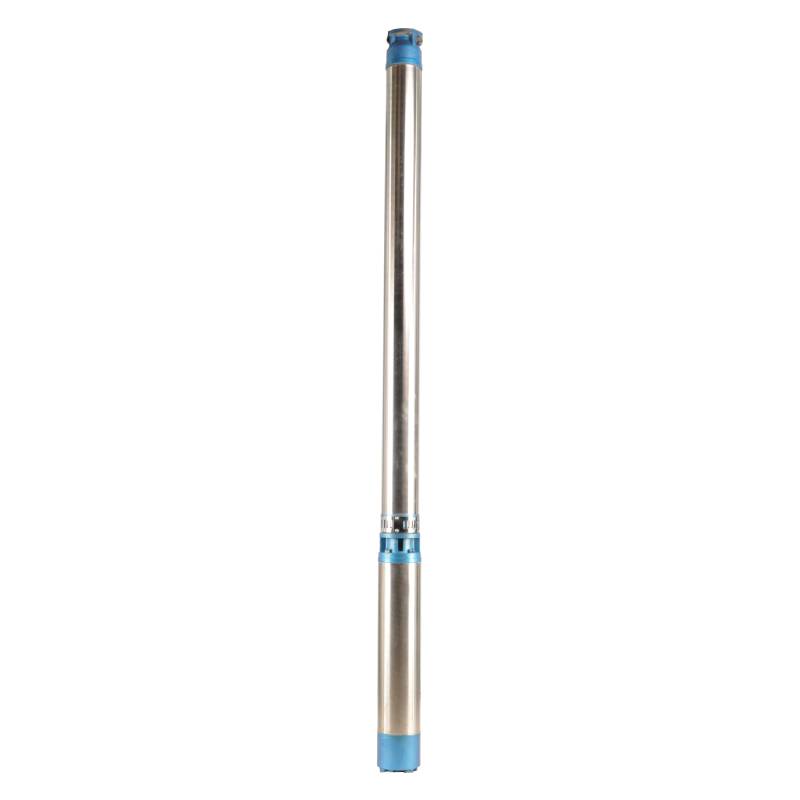Nov . 03, 2024 16:06 Back to list
submersible slurry pump
Overview of Submersible Slurry Pumps
Submersible slurry pumps are engineered to operate underwater, making them indispensable in various industrial applications, including mining, construction, and waste management. Unlike conventional pumps, which are often positioned above ground, submersible slurry pumps are submerged in the fluid they are designed to transport. This unique configuration allows them to handle heavy and viscous mixtures, such as slurries comprised of solid particles and liquids.
Key Features and Design
The design of submersible slurry pumps is robust, focusing on durability and efficiency. These pumps typically feature a sealed motor that prevents water and slurry from interfering with electrical components, reducing the risk of failure. The pump housing is often constructed from high-strength materials like cast iron or stainless steel to withstand abrasive elements found in slurry mixtures.
One of the defining features of submersible slurry pumps is their impeller design. These pumps use specialized impellers that can efficiently move slurries, which contain solid particles of varying sizes. The open or semi-open impeller designs allow for the passage of these solids with minimal clogging potential. Additionally, many modern submersible slurry pumps incorporate wear-resistant parts, prolonging their operational life and minimizing maintenance costs.
Applications
Submersible slurry pumps find versatile applications across industries. In mining, they are crucial for transporting mineral slurry from extraction sites to processing facilities. The ability to handle concentrated slurries enables efficient mineral recovery and processing.
submersible slurry pump

In construction, these pumps are utilized for dewatering applications, especially in sites where excavation or digging has created water accumulation with sediment. They effectively remove excess water, ensuring a safe and dry working environment.
Wastewater treatment facilities also rely on submersible slurry pumps to manage sludge and other solid-laden wastewater. Their ability to operate underwater and handle solid waste is vital for maintaining the efficiency and functionality of these facilities.
Advantages
The primary advantage of submersible slurry pumps is their ability to handle challenging materials that would typically clog standard pumps. Their submerged operation provides a more consistent and reliable flow, minimizing the risk of air entering the system, which can reduce pump efficiency.
Moreover, submersible slurry pumps often require less installation space since they do not need a separate pump house or extensive piping systems. They can be easily deployed in various locations, allowing for flexibility in operation and reducing labor costs.
Conclusion
Submersible slurry pumps are a critical component in many industrial processes that involve the handling of heavy and viscous materials. Their robust design, efficiency in transporting slurries, and versatility across applications make them invaluable in mining, construction, and wastewater management. As technology progresses, the efficiency and durability of these pumps will continue to improve, further solidifying their essential role in various industries. For organizations seeking reliable solutions for slurry management, investing in high-quality submersible slurry pumps is a step toward enhanced productivity and operational reliability.
-
Submersible Water Pump: The Efficient 'Power Pioneer' of the Underwater World
NewsJul.01,2025
-
Submersible Pond Pump: The Hidden Guardian of Water Landscape Ecology
NewsJul.01,2025
-
Stainless Well Pump: A Reliable and Durable Pumping Main Force
NewsJul.01,2025
-
Stainless Steel Submersible Pump: An Efficient and Versatile Tool for Underwater Operations
NewsJul.01,2025
-
Deep Well Submersible Pump: An Efficient 'Sucker' of Groundwater Sources
NewsJul.01,2025
-
Deep Water Well Pump: An Efficient 'Sucker' of Groundwater Sources
NewsJul.01,2025
-
 Submersible Water Pump: The Efficient 'Power Pioneer' of the Underwater WorldIn the field of hydraulic equipment, the Submersible Water Pump has become the core equipment for underwater operations and water resource transportation due to its unique design and excellent performance.Detail
Submersible Water Pump: The Efficient 'Power Pioneer' of the Underwater WorldIn the field of hydraulic equipment, the Submersible Water Pump has become the core equipment for underwater operations and water resource transportation due to its unique design and excellent performance.Detail -
 Submersible Pond Pump: The Hidden Guardian of Water Landscape EcologyIn courtyard landscapes, ecological ponds, and even small-scale water conservancy projects, there is a silent yet indispensable equipment - the Submersible Pond Pump.Detail
Submersible Pond Pump: The Hidden Guardian of Water Landscape EcologyIn courtyard landscapes, ecological ponds, and even small-scale water conservancy projects, there is a silent yet indispensable equipment - the Submersible Pond Pump.Detail -
 Stainless Well Pump: A Reliable and Durable Pumping Main ForceIn the field of water resource transportation, Stainless Well Pump has become the core equipment for various pumping scenarios with its excellent performance and reliable quality.Detail
Stainless Well Pump: A Reliable and Durable Pumping Main ForceIn the field of water resource transportation, Stainless Well Pump has become the core equipment for various pumping scenarios with its excellent performance and reliable quality.Detail
